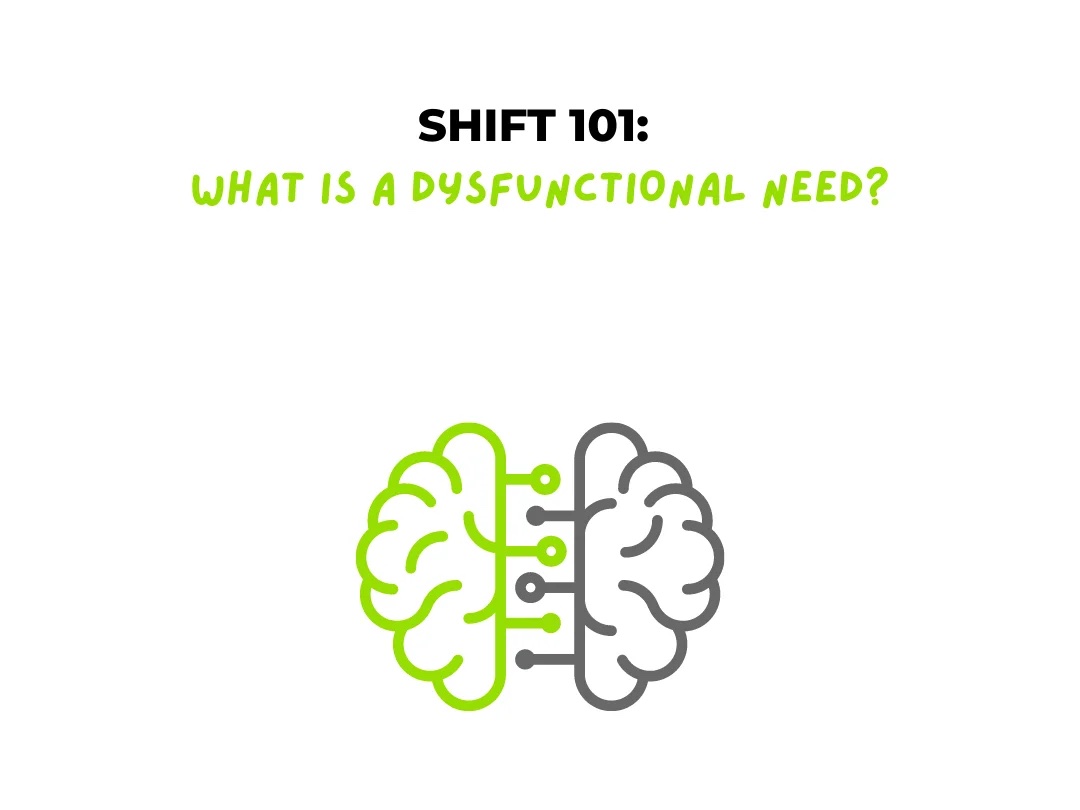Yoga for PTSD
A lot has changed from the days when yoga burst into the West. The beloved past-time of Lululemon-sporting women now invites more diverse populations, including first responders suffering from – or at risk for – PTSD.
Sound strange?
On the one hand, you’ve got relaxed bodies drawing deep breaths in a dimly lit room, while gentle music and fragrant incense wafts over their heads. On the other hand, you’ve got emergency personnel – tough, silent, stoic – breaking down doorways and saving people’s lives without breaking a sweat.
The images don’t immediately square off.


But Yogi Roxanne Sundahl knows that they do: She has seen the power of mindfulness and meditation to change lives.
“Traumatized people are terrified of their sensations in their body,” says Sundahl, who received her yoga training in Chiangmai, Thailand.
“Those unresolved sensations manifest in so many ways: migraines, nervous tics, clenched muscles, depression, a loss of physical and emotional sensation. Yoga brings back the balance of mental stability and body awareness.”
Sundahl has seen students with cerebral palsy gain the mobility to spread their arms wide, diabetics reduce their insulin, and an elderly woman cancel her hip replacement surgery – blowing her doctors away.
It’s not magic; it’s thousands of years of wisdom.
When a person shows up to their mat – and commits to practising those lessons for the other twenty-three hours in the day – that’s when “unbelievable” things happen.
That’s because yoga provides a contained space to reconnect to our sense of self. We’re farther away than ever from the things that humans need to thrive – movement, nature, connectivity, purpose. Yoga offers us that access.
And for people whose jobs or living situations put them in high-stress situations as the norm, hopping off the hamster wheel of modern life is not a luxury – it’s a matter of survival.
“The mind is like a waterfall,” Sundahl says, “You’re not going to be able to find that one ‘rock’ beneath all the rushing water.” Whatever you’re searching for, whether it’s how to have a loving relationship, a healthier lifestyle, or a more meaningful career, “When you’re caught in the chaos, you won’t be able to find the answer.”
beneath all the rushing water.” Whatever you’re searching for, whether it’s how to have a loving relationship, healthier lifestyle, or a more meaningful career, “When you’re caught in the chaos, you won’t be able to find the answer.”
That’s where breathing comes in.
With 22,000 breaths passing through our lungs every day, we can’t be paying attention to every single one – not if we want time for eating, sleeping and talking to our fellow humans.
But breathing is the essential link between body and mind. When we’re fighting with our crazy uncle our breath might start to accelerate – or maybe we hold our breath when someone steals our parking spot and forgets to start up again.
When initiating a new student into the practice of yoga, Sundahl uses breath as her go-to – even if she knows she’ll often get a puzzled look. First, she helps them focus on the sensation of the air passing through their nostrils, down their throat and into their lungs. She wants them to feel how they can reduce stress, just by flooding their body with oxygen.

In addition to providing a signal to the nervous system that it’s okay to let down its guard, breathing also acts as an anchor to the present moment. When you’ve got to focus on your lungs expanding like giant pink balloons, you’ve got less bandwidth to agonize over that gaffe you made in the office or anguish over what you’ll say at your job interview next week.
“When you get your body into a position that you do not want to hold, you realize you’re holding your breath,” Sundahl explains. In life, we get ourselves into those positions all the time, whether it’s the dull ache of a dead-end job or the adrenaline-spike of an unexpected betrayal. “The breath techniques you learn in yoga teach you to move through the stress, whatever form it takes.”
With practice, breath-work training will serve you well, off the mat, whether it’s a confrontation with your controlling boss or a high-stakes exam. “If you’re stressed, you realize you can breathe through it, and you’ll be okay. The breath creates the mental endurance and resilience to accept being uncomfortable in the moment.”
People don’t always want to commit to a breath-work session. It takes humility to admit there’s more to learn about something we do 22,000 times per day, every day. The immediate buzz that comes from a familiar Zumba class often sounds more appealing.

That’s where the incremental mindset becomes so important for anyone who practices yoga.
Whatever type of yoga you choose, you won’t be doing handstands or pretzel yoga poses on your first day (or month!). You’ll probably fall, more times than you’d like to admit. And you’ll probably be surrounded by people who seem to know what they’re doing.
Remember, they were once in your (super awkward) position.
“One of my favourite moments as a teacher is when we get a newcomer,” says Sundahl. “I’ve been teaching the same class for nine years, and I remember having a new gal walk in the door. She was laughing at all the advanced poses as she kept falling over – and I was so happy for her. She’s like, ‘I can’t do that.’ But she started and she was there.”
The whole class rose to the occasion: “It was a great reminder of how far they had come. It gave them an opportunity to share the knowledge they had mastered and give her the roadmap of what they did when they started. Everyone benefited from that beginner’s mindset. And she was blown away.”
Mindfulness
No step is too small, Sundahl says, and she means it. She describes watching a student walk in the door of her studio and then vanish before the yoga class chanted its first “om.” Week after week, Sundahl would see her in the lobby, then turn and leave – until one day, the student made the decision to unroll her mat. “Just making it to the door was a step – and she’s loved yoga ever since.”
Sometimes even yoga teachers need baby steps. “There are days I don’t want to do the poses,” Sundahl confides, “I want the heat, the room, and the music. Maybe people look at me and think, ‘She can’t do a thing.’ But my mindset is, ‘Think what you want. I’m here to do this.'”
This incremental approach makes it the perfect complement to therapy, says Shift Founder and CEO Andrea McTague. Neither one is a magic bullet. Both require challenging ourselves to rewrite our internal limiting narratives, the stories we tell ourselves about our abilities, our emotions, our relationships.
Once a yoga skeptic, McTague started practicing with Sundahl during the pandemic to improve her distress tolerance.
“I’m not a big fan of doing things I’m not good at, and I don’t like people telling me what to do.”
The mat has helped her shift her mindset.

“I remember the first time Roxanne said, ‘Flip your dog over'” – this upside down, bouncing move, on half your body – “I told her, ‘You’re an insane person. There’s no way that’s going to happen.’” Fast forward a year: “Now we do it, no problem.”
It’s about consistency. Honing the mind-body connection builds resilience and strength. This creates a positive feedback loop as you experience the buzzy pleasure of doing something that seemed impossible yesterday.
Developing an empowered mindset makes it easier to take leaps in your personal and professional life. When you work with a therapist, say, to create a boundary with a needy friend, you’ll feel more confident to take a step towards a distant outcome. Because you know you’ve got to start somewhere. You’re not going to flip your dog on day one.
Holding a handstand feels amazing, but the real payoff comes when you choose to take a deep breath when you’re stuck in traffic, instead of white-knuckling your steering wheel. Or when you can keep your cool at the family Christmas party, without relying on a mimosa to get you through your cousin’s political diatribe.
“It’s not about the end result,” says Sundahl. “It’s about the journey to get there, and what you learn in the process.”
Click the button below to tune in to the podcast episode!
The Shift Show Episode 027 – Yoga For PTSD
